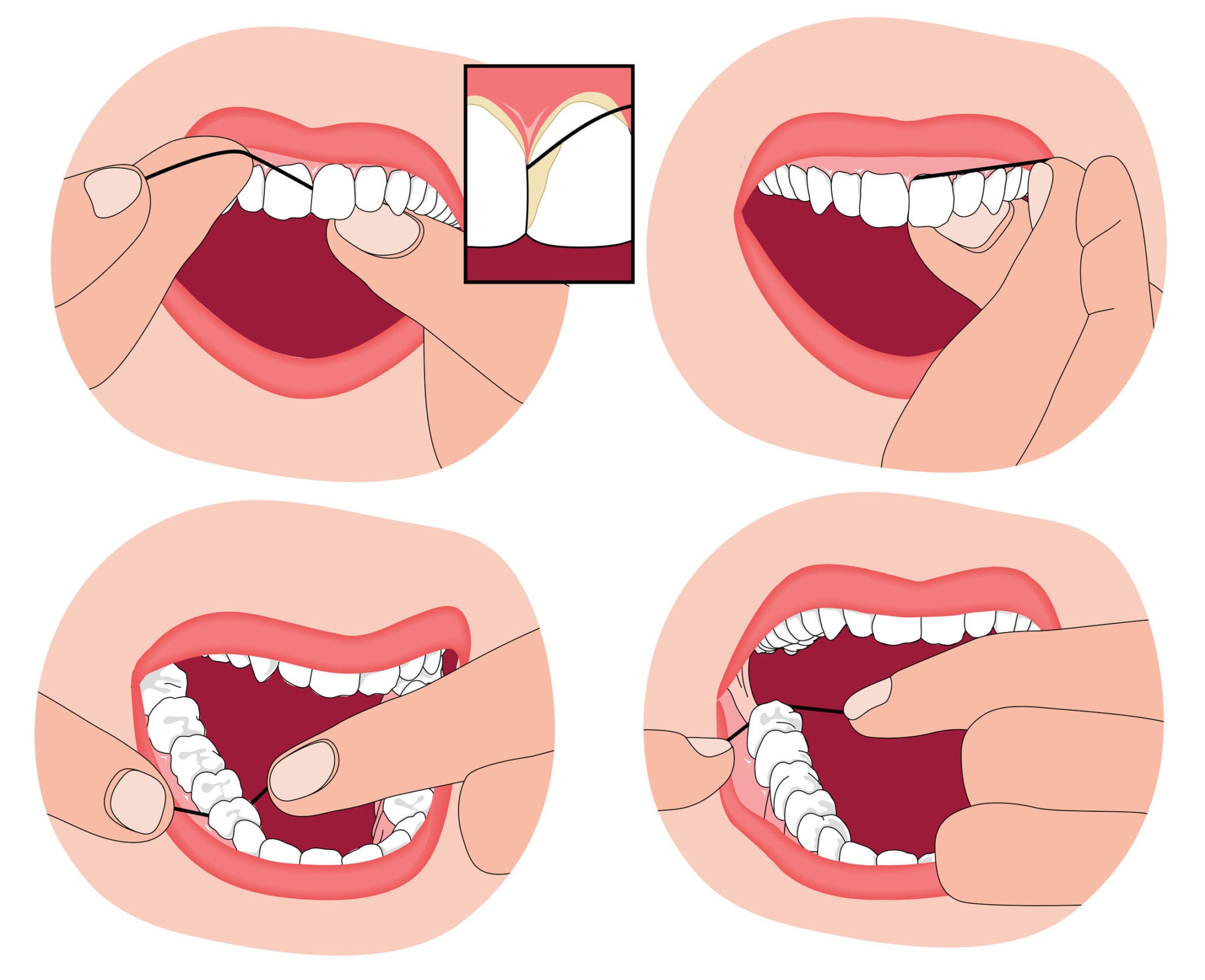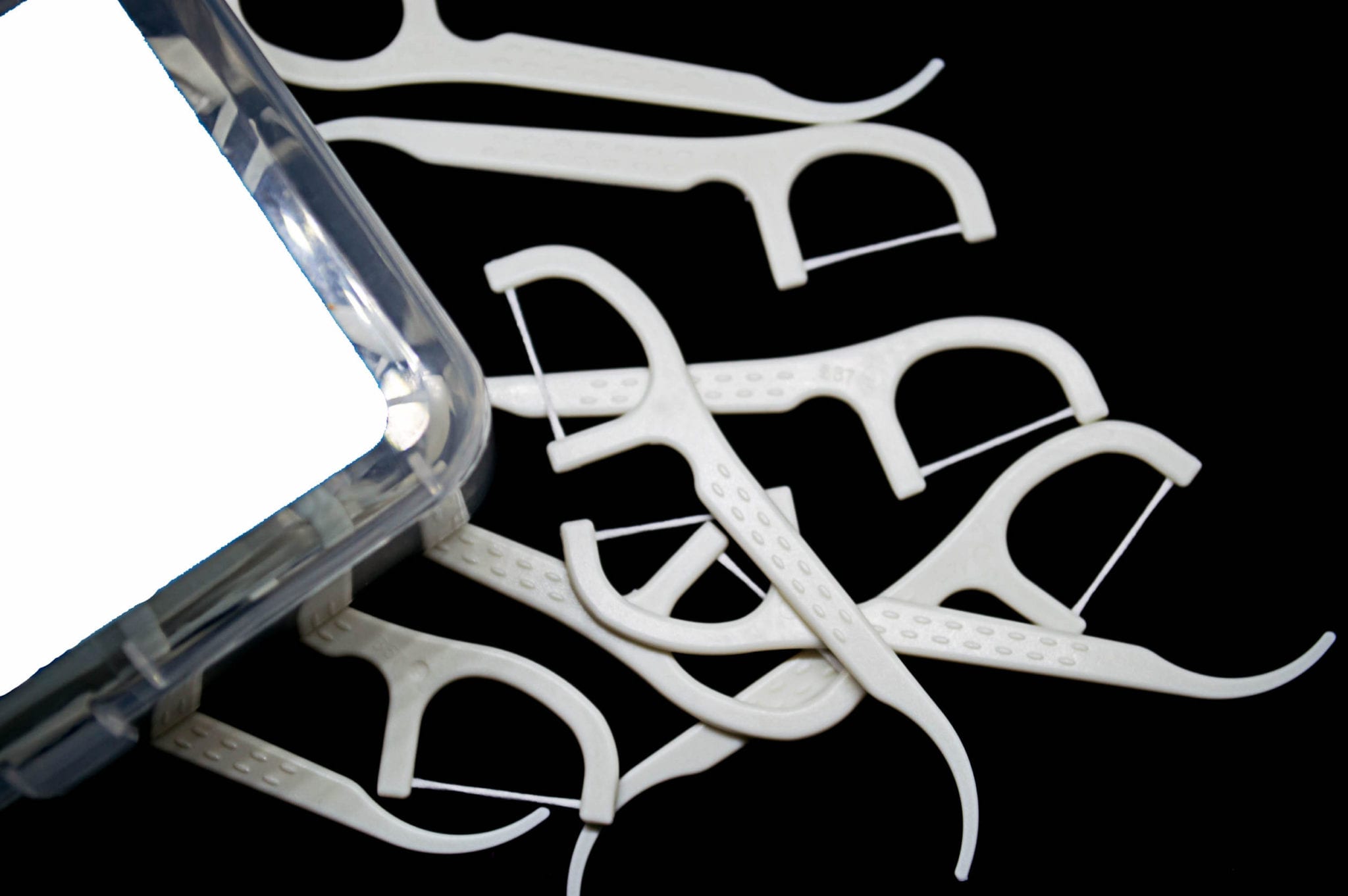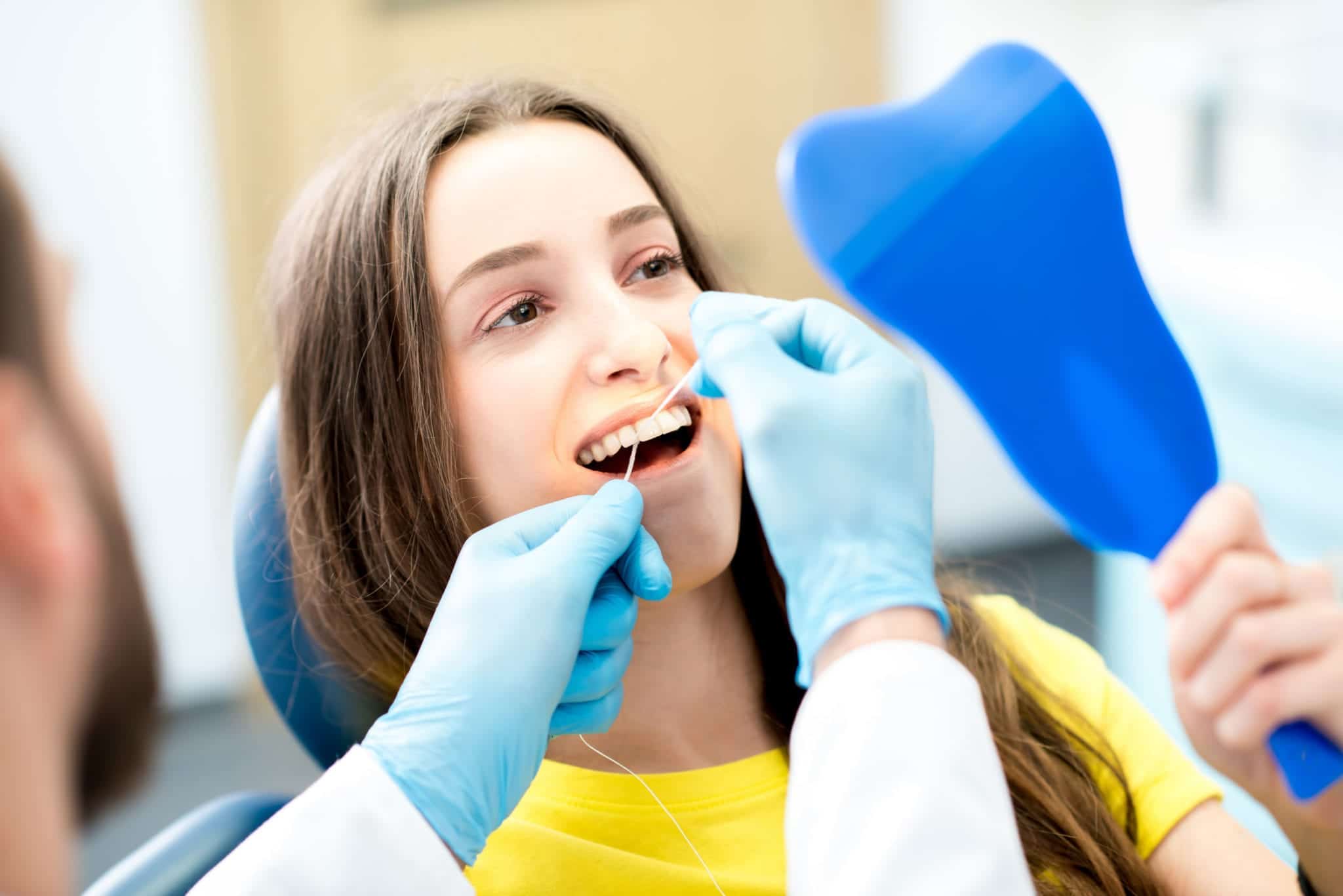
Flossing is an important daily activity for your oral health. However, if you’re not doing it right, you might be wasting your time.
In this post, we’ll detail exactly how you need to floss your teeth for the best results.
Why Flossing Is Important
Your dentist helps take care of your teeth during twice-per-year dental cleanings, but the work you do on your own is essential for good oral health. In addition to brushing twice per day, you need to floss at least once per day to protect your teeth.
Why? Because flossing removes the plaque that builds up under your gum line.
As you eat food, tiny particles collect near your gumline. Most of them can be rinsed or brushed away, but those that escape can sink beneath the gumline and cause tartar buildup.
Bacteria feed on the tartar, which can lead to tooth decay. Your gums can become inflamed and pull away from your tooth, causing further problems. You may need dental fillings or a root canal to fix the problem.
The worst scenario is that your tooth may need to be pulled, and then you will need dentures. By flossing every day, you greatly reduce your risk for these serious dental issues.
What You Need for Flossing
Regular dental floss is the best choice for most people. Multifilament floss is often coated with wax to easily slide between the spaces of your teeth. It is also available without wax and comes in several different flavors, like mint or cinnamon.
Single filament floss is more expensive, but it will not shred like multifilament floss. It can be easier to use if you have tight spaces between your teeth. Choose whichever type fits your budget and needs.
If you have wide spaces between your teeth or orthodontic appliances, flossing tape may be more effective. Some people also like to use water flossers. Any of these types of floss work well for home use.

For flossing on the go, keep a pack of dental picks in your purse, briefcase or vehicle. It may be tempting to use a piece of paper, a fork, or some other item to remove food from between your teeth, but you can easily harm your gums that way.
The main goal is to floss every day. Pick whatever time works best for you and be consistent. If you have children, help them with flossing. They probably won’t be able to handle the job on their own until they are at least 10 years old. Choose whatever flossing tool will help you complete this important task every day.
The Right Way to Floss
If you are new to flossing, you may experience some bleeding and tenderness for the first few days. However, regular flossing at the right pressure—not too gentle, and not too hard—will not hurt most people.
If you experience pain with regular flossing, talk to your dentist.
Follow these steps to floss your teeth in the most effective manner.
- If using regular floss, start with a piece that is about 18 inches long. Wrap the majority of the floss around one of your middle fingers, leaving about two inches in the center open for flossing. Connect the other end to the middle finger of your other hand, which will receive the floss as it is used.
- Keep the band of floss taut between your thumb and forefingers and slide it up and down between each tooth.
- Follow the tooth’s curve while you guide the floss under the gumline in a C-shape.
- Don’t forget to floss the back side of your last tooth on both the bottom and the top.
- Do not yank, snap or tightly jerk the floss, as this could cause damage to your gums.
- As you move between teeth, use a new section of clean floss.
- When finished, throw the floss away. Never reuse unclean floss, as it can spread bacteria.
How a Dentist Can Help

If you have any questions about flossing, or if you’re not sure if you’re doing it right, ask your dentist. Your dentist can recommend the best type of floss for your teeth and demonstrate the proper technique so you can use it at home. Your dentist can also help your child learn how to floss properly.
For optimum oral health, be sure to keep semi-annual dental checkups. Your dentist will clean your tooth surfaces to remove all plaque and tartar buildup. Your dentist can also monitor and treat potential problems.






